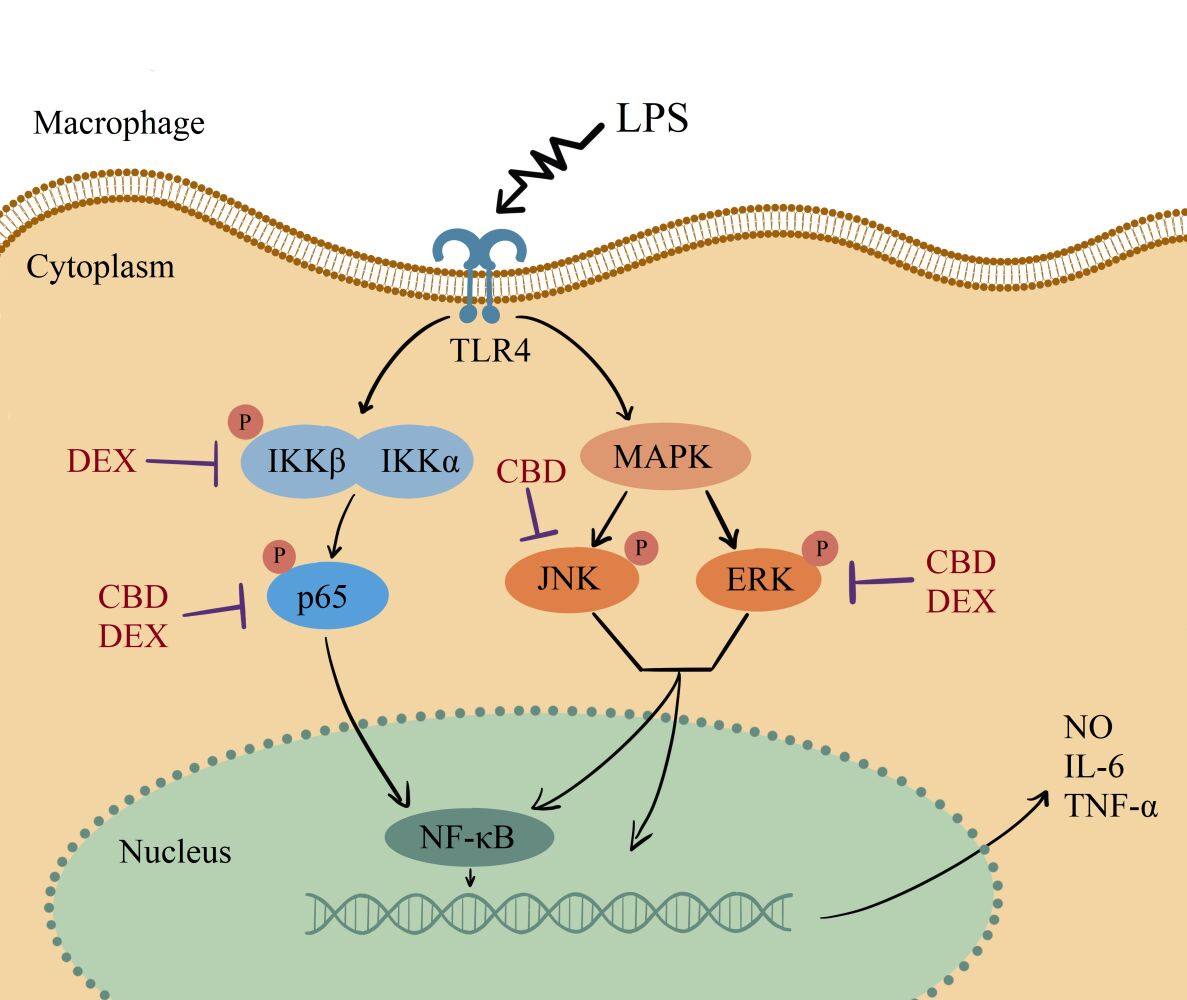
“Cannabis plant has been used from ancient times with therapeutic purposes for treating human pathologies, but the identification of the cellular and molecular mechanisms underlying the therapeutic properties of the phytocannabinoids, the active compounds in this plant, occurred in the last years of the past century.
In the late 1980s and early 1990s, seminal studies demonstrated the existence of cannabinoid receptors and other elements of the so-called endocannabinoid system. These G protein-coupled receptors (GPCRs) are a key element in the functions assigned to endocannabinoids and appear to serve as promising pharmacological targets. They include CB1, CB2, and GPR55, but also non-GPCRs can be activated by endocannabinoids, like ionotropic receptor TRPV1 and even nuclear receptors of the PPAR family.
Their activation, inhibition, or simply modulation have been associated with numerous physiological effects at both central and peripheral levels, which may have therapeutic value in different human pathologies, then providing a solid experimental explanation for both the ancient medicinal uses of Cannabis plant and the recent advances in the development of cannabinoid-based specific therapies.
This chapter will review the scientific knowledge generated in the last years around the research on the different endocannabinoid-binding receptors and their signaling mechanisms. Our intention is that this knowledge may help readers to understand the relevance of these receptors in health and disease conditions, as well as it may serve as the theoretical basis for the different experimental protocols to investigate these receptors and their signaling mechanisms that will be described in the following chapters.”
https://pubmed.ncbi.nlm.nih.gov/36152178/
https://link.springer.com/protocol/10.1007/978-1-0716-2728-0_6






